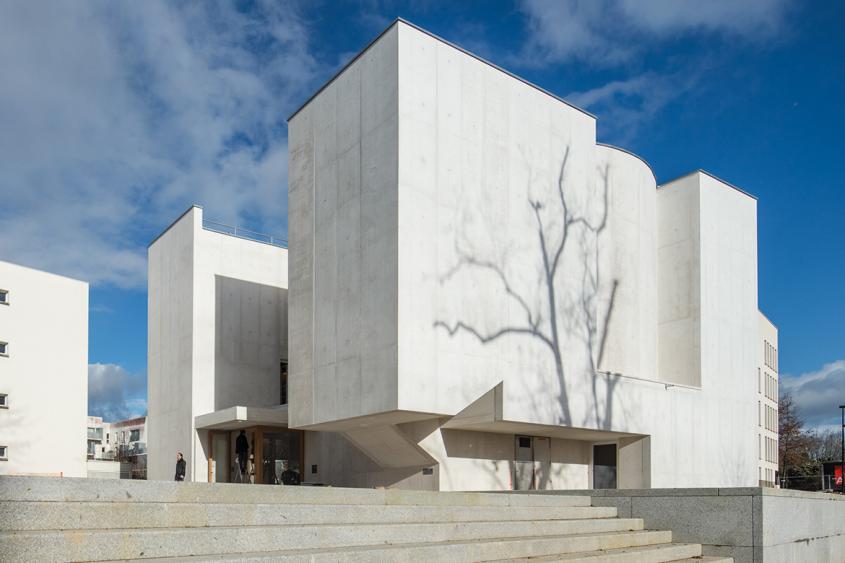
A renowned architect of Portuguese origin, Alvaro Siza is behind several sumptuous buildings. Winner of the Prizker Prize in 1992, we wanted to tell you a little more about this renowned architect.
Who are you Alvaro?
 Alvaro Joaquim de Melo Siza Vieira was born on June 25, 1933 in Matosinhos , a suburb of Porto . In 1955, he graduated from the Porto School of Fine Arts, where he took courses in painting and sculpture . However, he preferred to focus on architecture . He later became a student of Fernando Tavora , another Portuguese architect, and then collaborated with his agency , where he was entrusted with two major projects .
Alvaro Joaquim de Melo Siza Vieira was born on June 25, 1933 in Matosinhos , a suburb of Porto . In 1955, he graduated from the Porto School of Fine Arts, where he took courses in painting and sculpture . However, he preferred to focus on architecture . He later became a student of Fernando Tavora , another Portuguese architect, and then collaborated with his agency , where he was entrusted with two major projects .
These achievements will highlight the architect's ability to compose with the environment of the structures and their characteristics . In collaboration with Eduardo Souto de Moura , he will work on the Portuguese pavilion for the Universal Exhibition of 1998 and then for that of 2000 in Hanover . At the same time, Siza remains deeply attached to teaching and begins to teach in several major universities while participating in several seminars and conferences .
The Porto School
 Alvaro Siza is part of the Porto School, which is at the origin of the current of " critical regionalism ". This current is an architectural approach seeking to use local cultural elements to give more meaning to architecture . With Carlos Ramos and Fernando Tavora , he will highlight that " Tradition is a challenge for innovation " in Portuguese architecture.
Alvaro Siza is part of the Porto School, which is at the origin of the current of " critical regionalism ". This current is an architectural approach seeking to use local cultural elements to give more meaning to architecture . With Carlos Ramos and Fernando Tavora , he will highlight that " Tradition is a challenge for innovation " in Portuguese architecture.
The architect is therefore sensitive to landscapes , to the spatial arrangement of the places on which he works, trying to find a path between modernism , local sources and artisanal techniques . Alvaro Siza sometimes refuses certain projects, thinking that the conditions are not all met and conversely, can spend a considerable amount of time on his achievements if they have great social or cultural importance .
His projects
 Alvaro Siza designed the Faculty of Architecture at the University of Porto between 1987 and 1993, located on a terraced plot of land above the Douro estuary ( which inspired our socks ). It is one of the architect's most significant achievements because it concerns the school where Siza studied but also taught. The faculty, spread over 87,000 m2 , is divided into several pavilions connected by footbridges and underground passages . There are also offices, auditoriums , an exhibition space and a library with a suspended glass roof .
Alvaro Siza designed the Faculty of Architecture at the University of Porto between 1987 and 1993, located on a terraced plot of land above the Douro estuary ( which inspired our socks ). It is one of the architect's most significant achievements because it concerns the school where Siza studied but also taught. The faculty, spread over 87,000 m2 , is divided into several pavilions connected by footbridges and underground passages . There are also offices, auditoriums , an exhibition space and a library with a suspended glass roof .
The architect also designed the Boa Nova Tea Room and Restaurant in Leça de Palmeira , which is now called Casa de Cha , to which a swimming pool was added, also designed by Siza . He is also behind various social housing units in Portugal , an art center and library, and also a French church located in Saint-Jacques-de-la-Lande , not far from Rennes !



